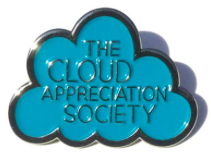As if on cue, the clouds returned to the Pacific Northwest as Mountaineers Books' released my new book, A Sideways Look at Clouds. The clouds never do anything on cue, so their timing is notable here. (Even stranger, Hurricane Maria made landfall as I was starting my book tour).
The clouds have been dramatic this fall and I've been on the road encouraging readers to look up and enjoy the every-changing drama in the skies at bookstores and other venues in Olympia, Seattle, Bellingham, Marysville, Kirkland, Portland, and Washington, DC. (Check out my events calendar for upcoming talks and book signings).
More than talking about my book and sharing some of my photos of the spectacular clouds we have in the Pacific Northwest, I've loved answering their questions about clouds: How exactly does it rain? When is a cloud a "cloud" and when do you call them "clouds?" Why do we have so many clouds here? What's the deal with high and low pressure? Are clouds changing? I am going to create a FAQs page to answer all of these and more.
I've also loved hearing people's stories about clouds. Here is one story (handwritten) and delivered to me at the 2017 Pacific Northwest Booksellers Association (PNBA) trade show by Mary Anne Fraser, manager of Brilliant Moon books in Shelton.
"100 years ago, when I'd just turned twelve, I spent met hard-earned babysitting wages on a small Kodak camera. Within an hour the complete roll was filled and my mom (knowing how excited I'd been about this long-awaited purchase) offered to take the roll to our local "Pay and Save" to have my photos developed.
The week-long wait was finally over and I ran to the car to discover what my new hobby had delivered. Before I could open the obviously already opened packet, my mom said to me in a rather disappointed voice: "They're all clouds."
I looked at her, waiting for the rest of the observation ("They're beautiful." "I love the one that looks like an otter." "What an artist's eye you have.") but, alas, that was the sum total of her opinion.
I, on the other hand, was thrilled. Yes, they WERE all clouds."
While in Portland, I visited KATU-TV to talk with Helen Raptis on "AMNW" and Tra'Renee Chambers on "Afternoon Live" and also with Jefferson Smith, host of "XRAY in the Morning" (skip to 1:54:48) before my talk at Powell's on Hawthorne
After my interview on "Afternoon Live," the on-set photographer, Mark Plut, showed me photographs of his two recent paintings--of clouds! "I too am fascinated by clouds," Mark told me, "especially how to paint them." In the first painting, Mark as painted a sky washed with what look like cirrostratus clouds to me. In the second painting, the landscape is transformed by more dynamic cumulus and altocumulus clouds. What a difference, eh? Thank you, Mark!
And because you can never have too many clouds--or paintings of clouds--in the Pacific Northwest, I went on a cloud hunt at the Portland Museum of Art. What a bonanza of clouds! Here is a gallery of a few of my favorites.
Oskar Kokoschka/Tuileries Gardens, Paris; George Inness/Apezzo Pass, Titian's House; Joe Goode/Torn Cloud Painting; Robert Henri/Rue de Rennes; Robert Goonough/Grey Development; N.C. Wyeth/Rip Van Winkle, endpaper illustration; [forgot to photograph the label of the skyscrapers in the clouds--ooops]; George Michel/Landscape; ibid/detail of cloud
REMEMBER....EARTH WITHOUT ART is JUST "EH"
Speaking of...I'll be signing books at the 37th Annual Wild Arts Festival at Montgomery Park in Portland, OR. The festival runs November 18-19 and benefits the fabulous Audubon Society of Portland. I'll be there Sunday noon-4 p.m. along with 36 other authors (and more than 200 artists) whose work is inspired by nature.







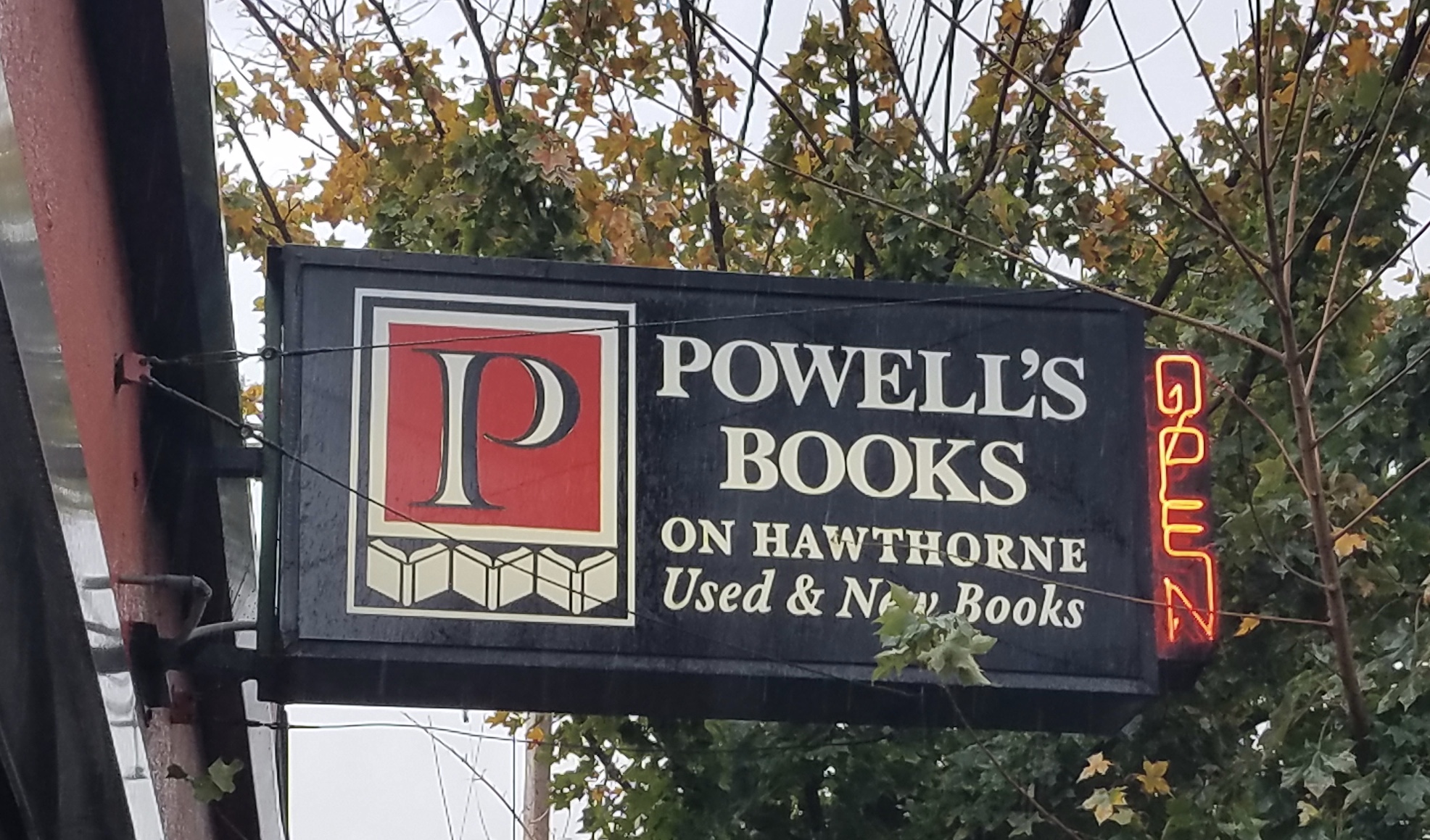



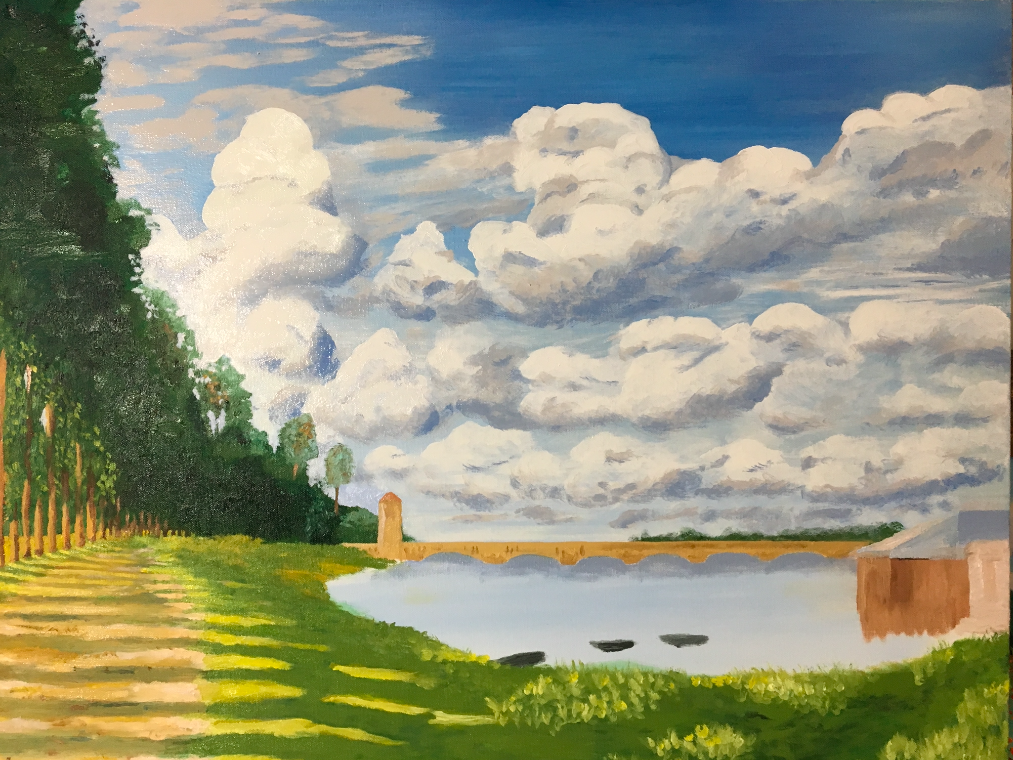
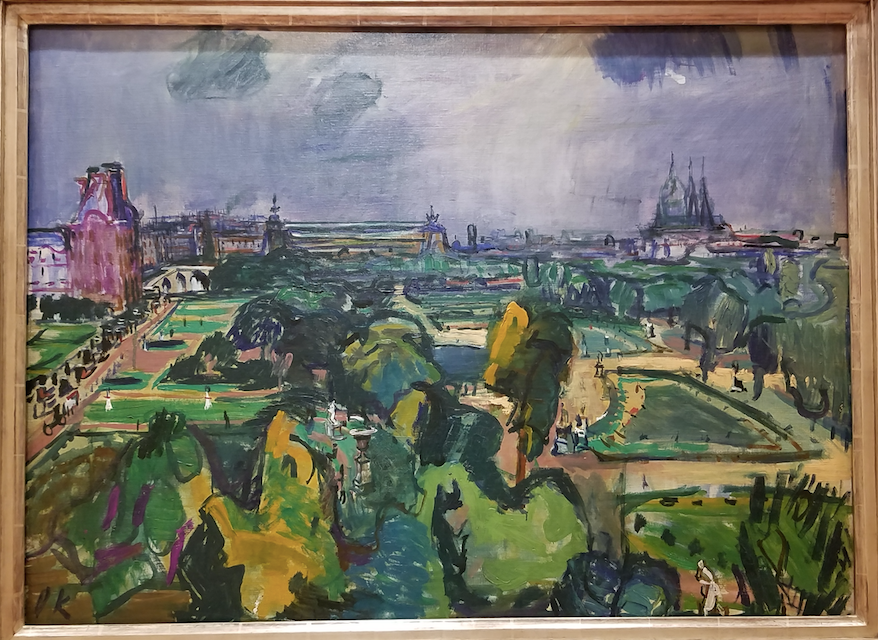
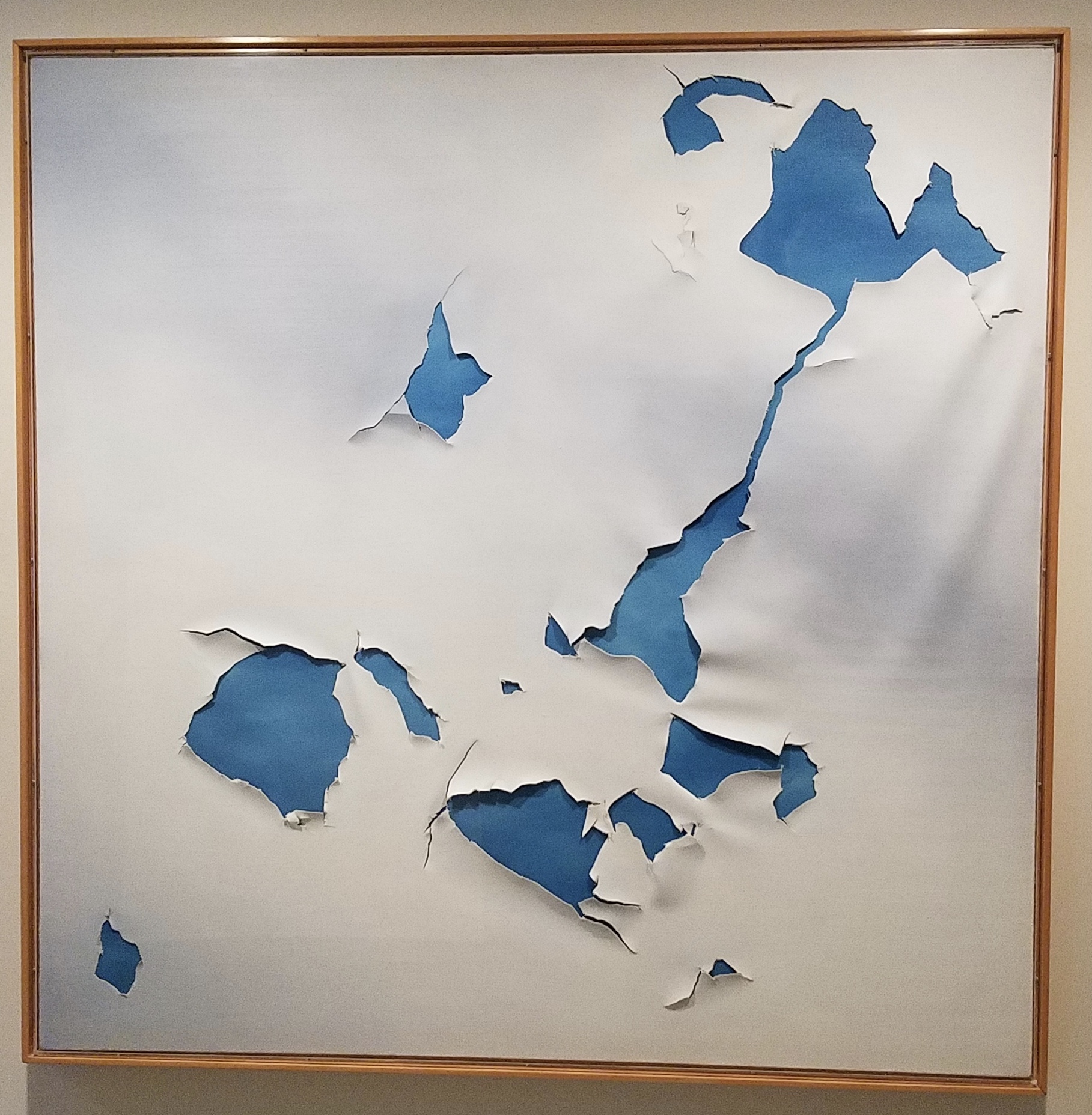
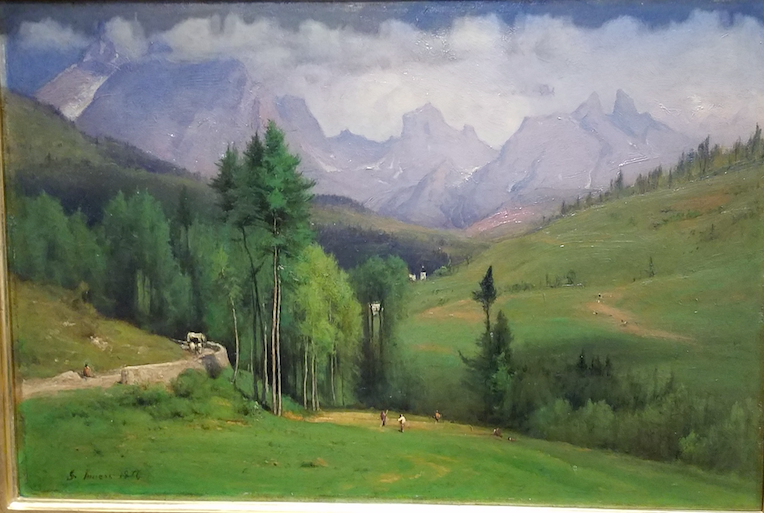
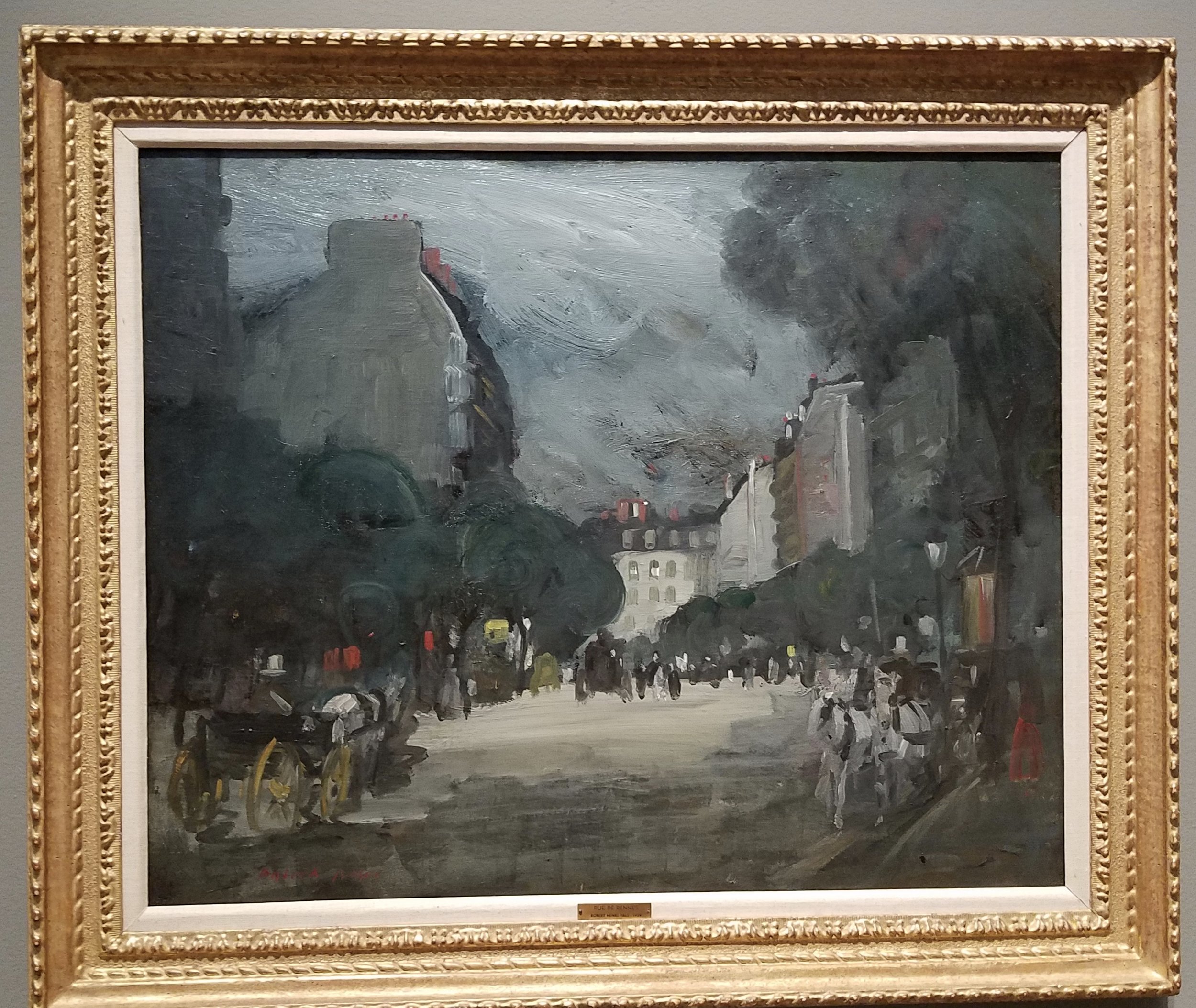
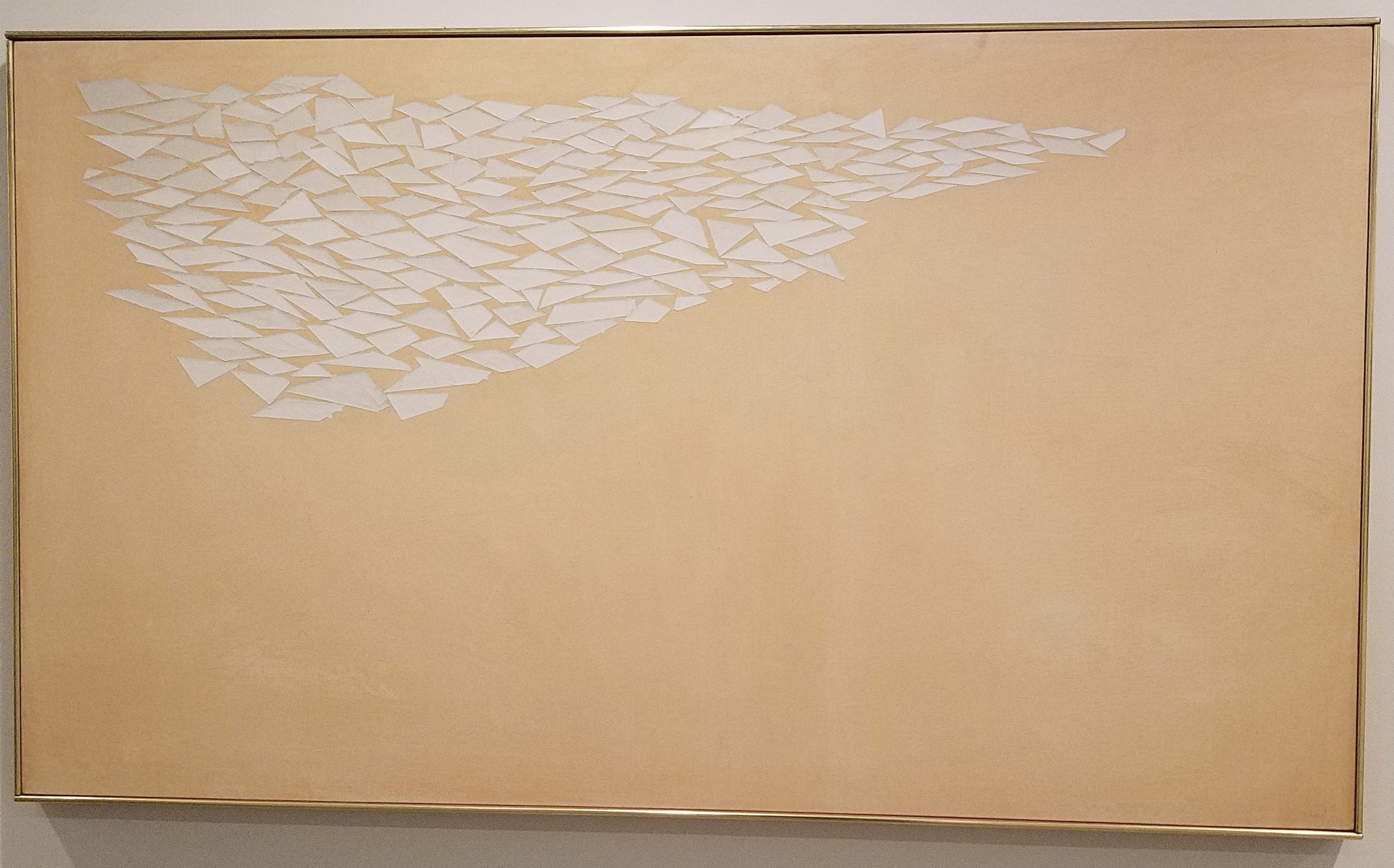
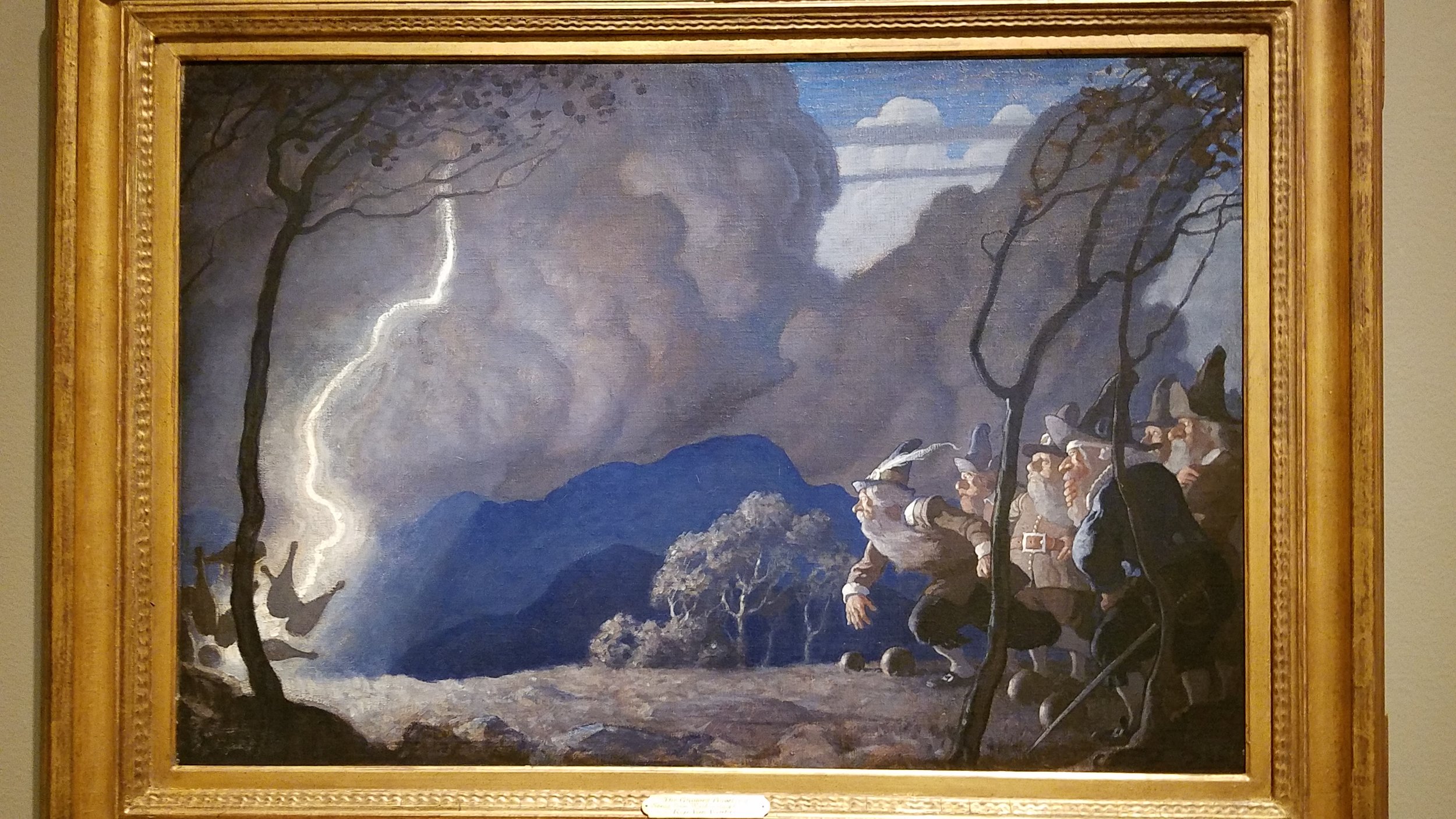
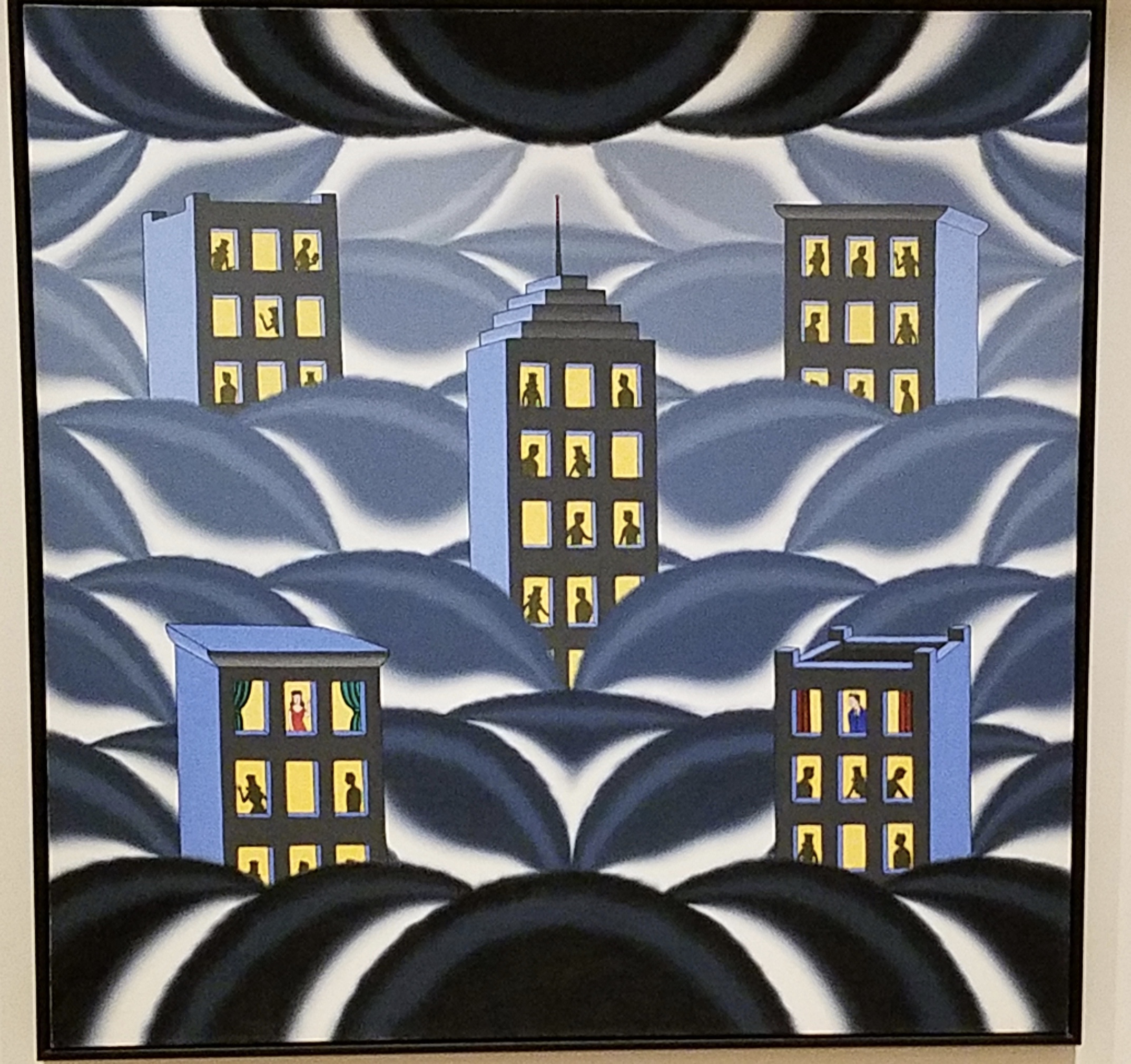







!["'Pea souper' struck me as a quaint and colorful British name for the particularly thick fog common in London and elsewhere in the U.K...[but] this naturally occurring fog turned toxic during the Industrial Revolution when the water droplets in fog …](https://images.squarespace-cdn.com/content/v1/520a51d0e4b0f89d3274989e/1508785095961-SCQLONID5SD3RJJILJJB/Screen+Shot+2017-10-23+at+11.57.56+AM.png)





